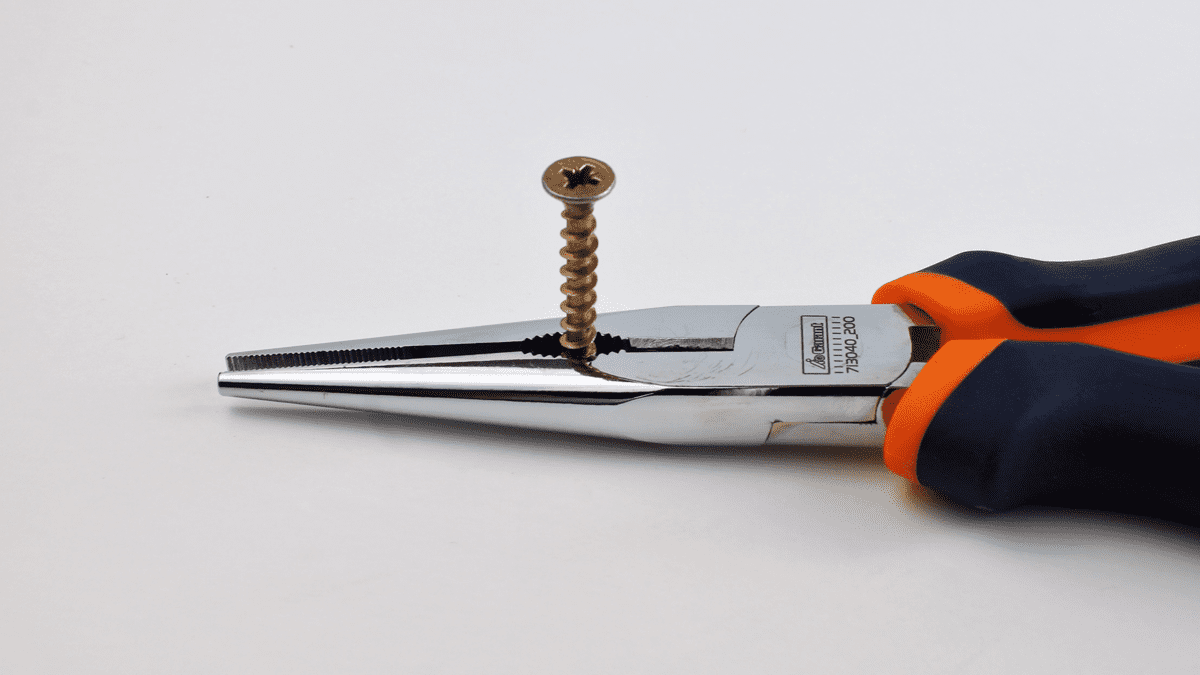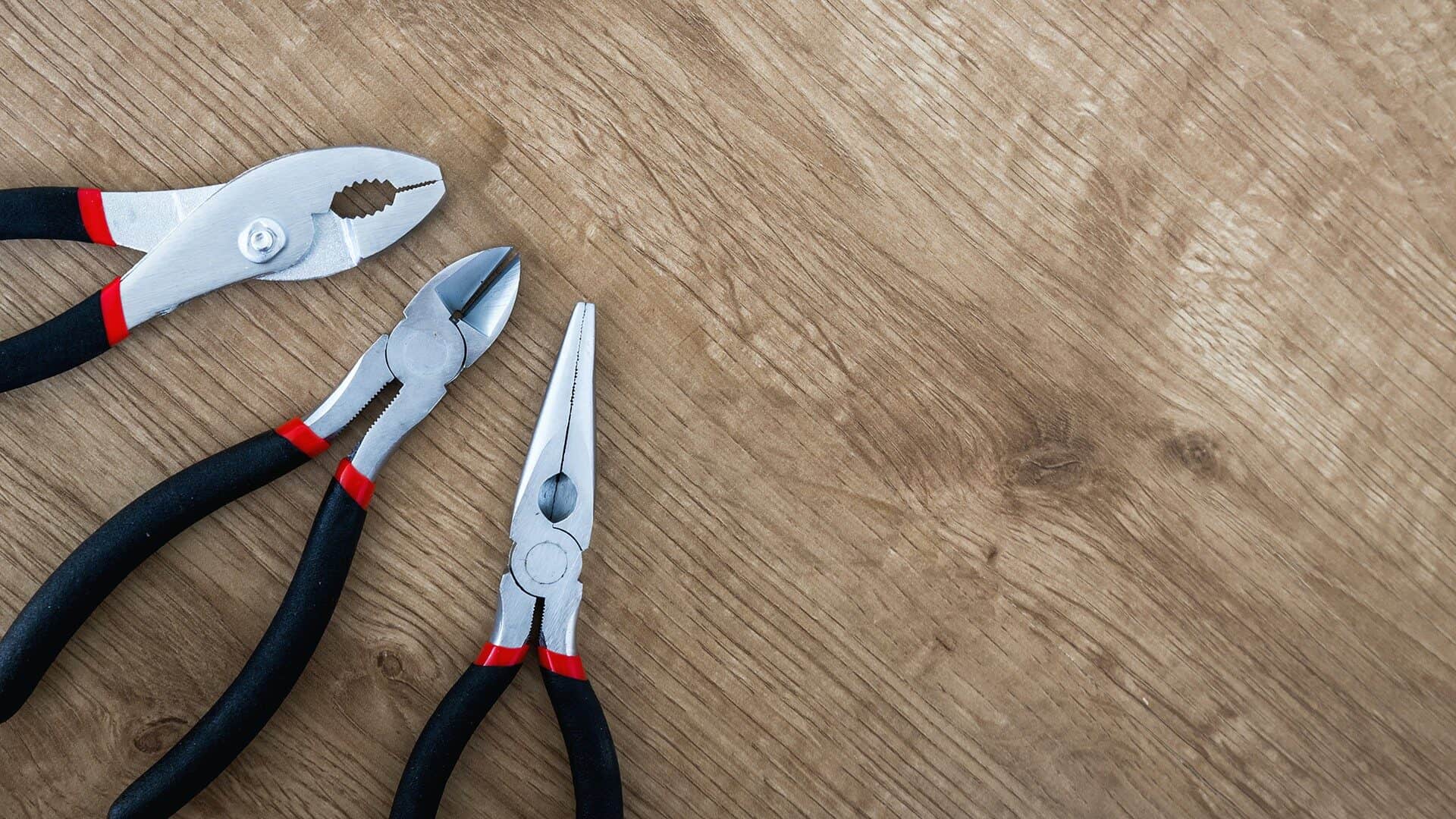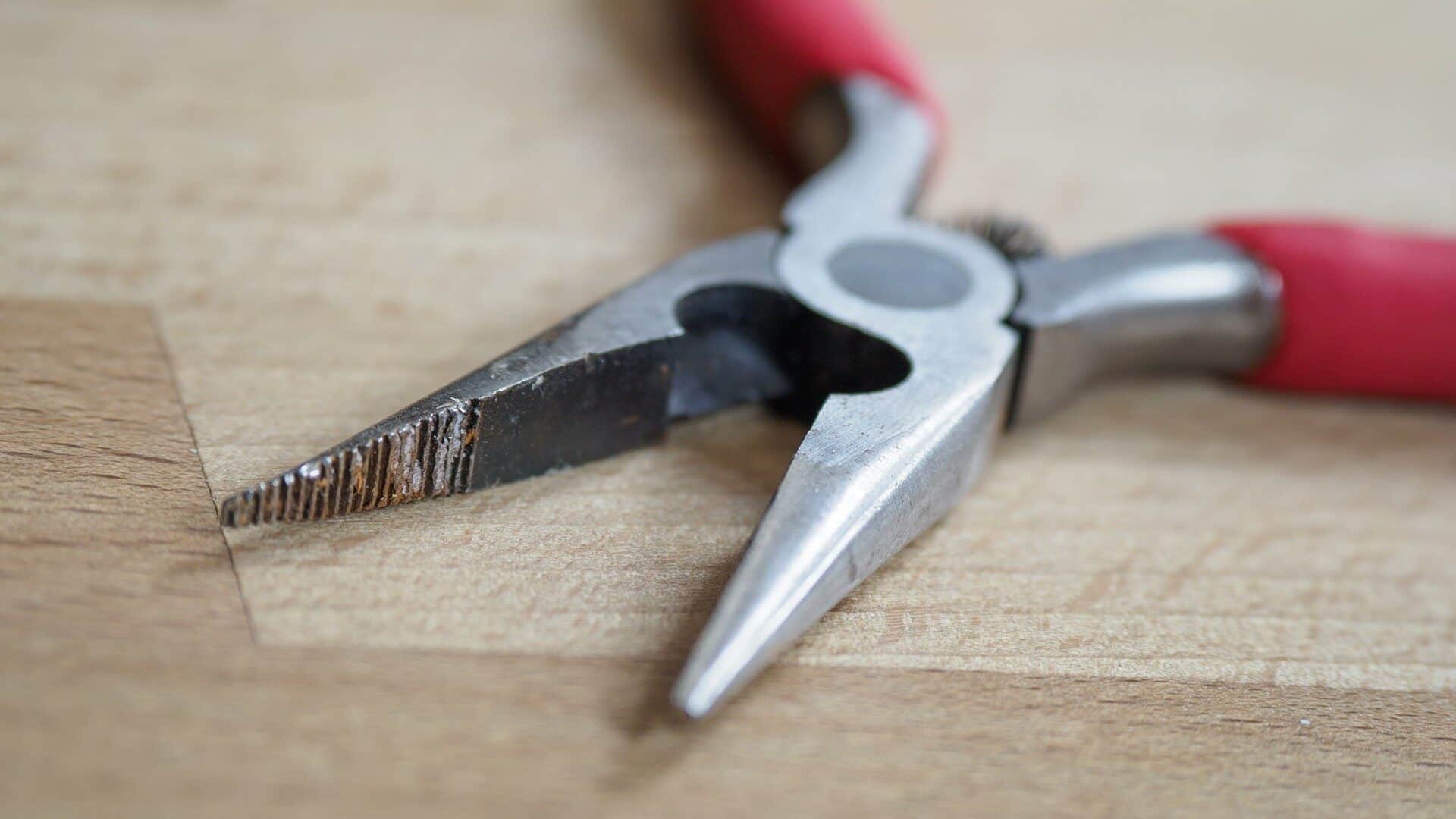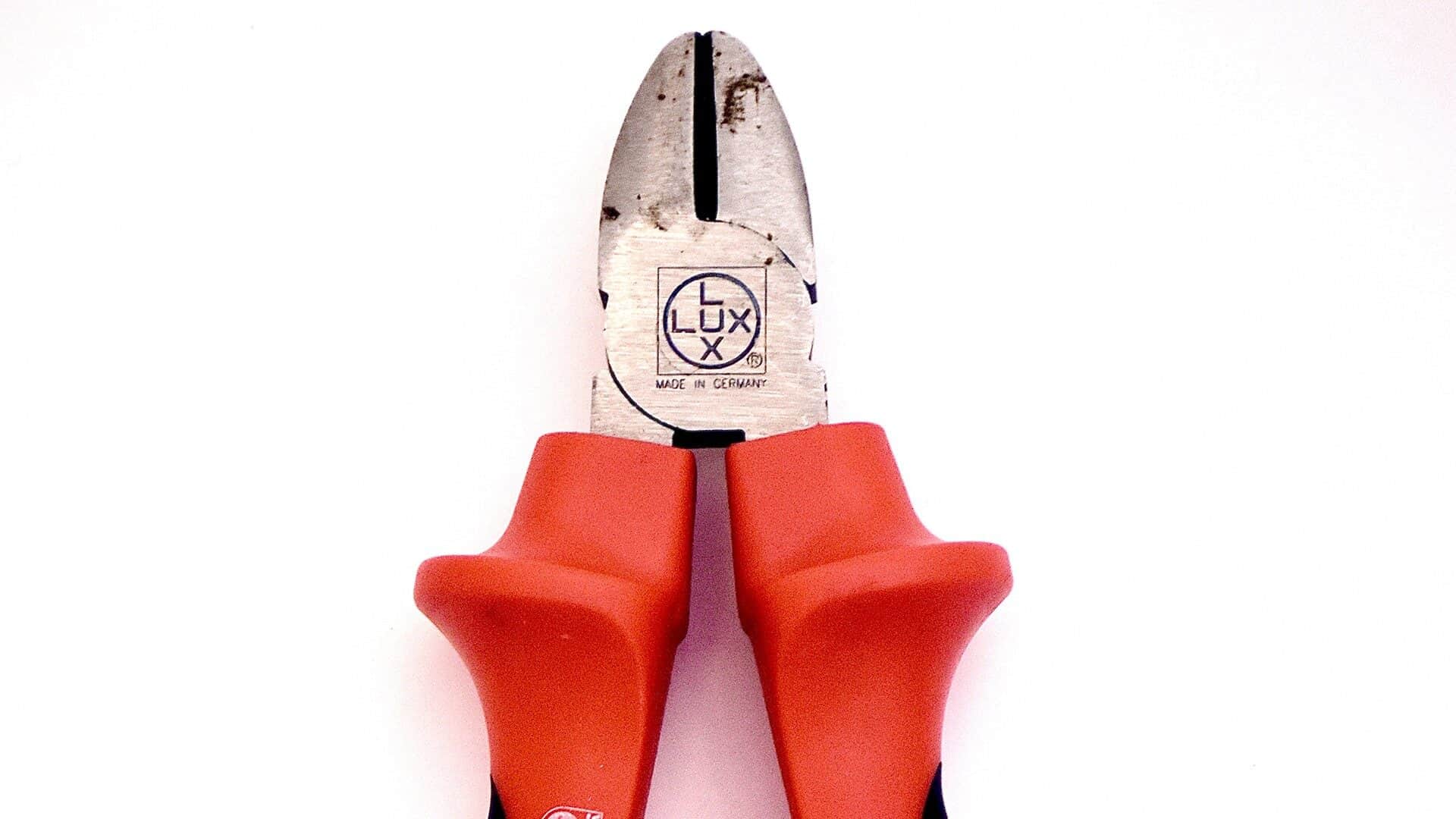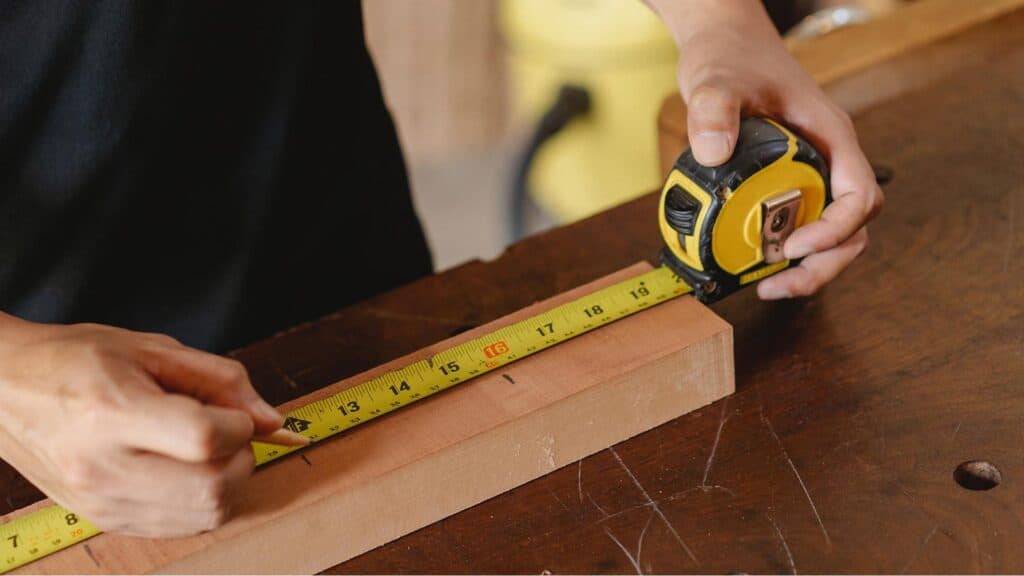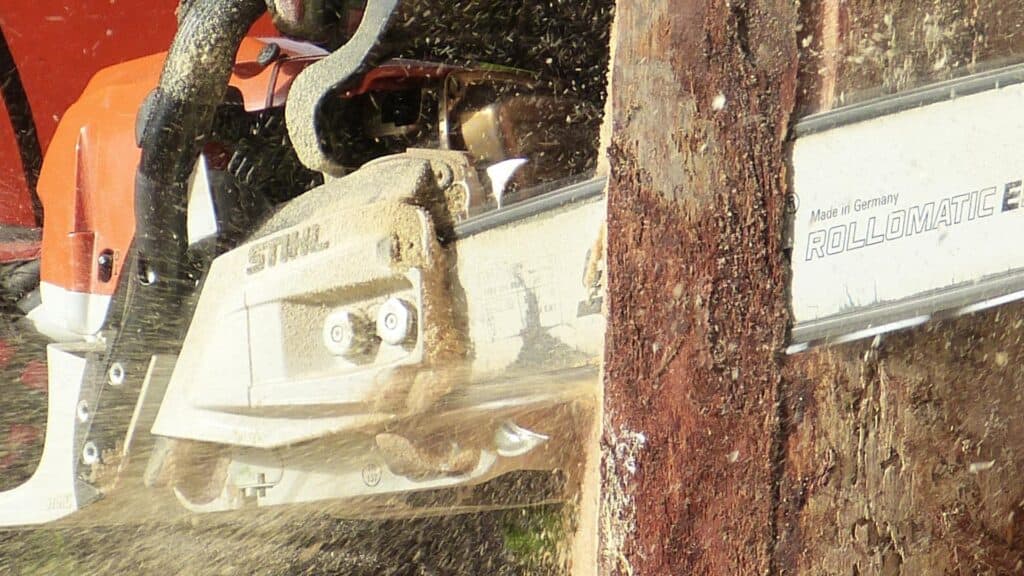There are many different types of pliers, and each one has a specific function. In this article, we will describe the different types and explain how and when to use them. Pliers come in various shapes and sizes, so it is important to know which type is best for the job. Whether you’re working on a construction project or trying to fix a broken appliance, there’s a plier out there that can help you get the job done!
Table of Contents
What are pliers?
Pliers are hand tools used to grip, twist, or bend objects. They consist of two metal jaws that are connected at a pivot point. Pliers are one of the most versatile tools and can be used for a variety of tasks, including cutting wire, gripping nails, and turning screws.
How Plier Types Function and are Built
The jaws of pliers are usually made from hardened steel. The jaws can be smooth or serrated, and the tips may be pointed or blunt. The handles are typically made from plastic or metal, and they may be cushioned to provide a comfortable grip. Pliers are built with a variety of functions in mind, so it’s important to choose the right type for the job.
Safety Tips for Using Different Types of Pliers
When using pliers, it is important to wear safety glasses to protect your eyes from flying debris. It is also important to use gloves to protect your hands from sharp objects. Another key safety tip is to never use pliers on live electrical wires. This can be extremely dangerous and could result in serious injury or death. Lastly, always read the manufacturer’s instructions before using any type of tool. While not as dangerous as other tools, pliers can still cause injury if used improperly.
Different Types of Pliers and How to Use Them
There are many different types of pliers, each designed for a specific purpose. Here are the most common types of pliers and how to use them:
1. Needle-Nose Pliers
These pliers have long, thin jaws that taper to a point. They’re ideal for grasping tiny objects or squeezing into tight places. Common uses for needle-nose pliers include electronics work, jewelry making, and model making.
2. Slip-Joint Pliers
Slip-joint pliers have jaws that can be adjusted to two different sizes. They’re commonly used for gripping and twisting objects, such as pipes and nuts. Slip-joint pliers are also handy for cutting wire and removing nails.
3. Locking Pliers
These pliers have jaws that lock into place, making them ideal for gripping objects that are difficult to hold. Locking pliers are often used in welding and metalworking applications.
4. Channel-Lock or Tongue-and-Groove Pliers
Channel-lock pliers have wide, flat jaws that can grip a variety of objects. They’re often used for plumbing applications, such as tightening or loosening pipes.
5. Wire Cutters
As the name suggests, these pliers are used for cutting wire. They have short, blunt jaws that can quickly and cleanly cut through the wire.
6. Hose Clamp Pliers
The long, serrated jaws on hose clamp pliers are intended for grasping hose clamps. They’re ideal for working on automobiles or other machines with hoses.
7. Utility Pliers
These pliers are designed for a variety of tasks. They have serrated jaws that can be used for gripping or cutting. The handles usually have a built-in wire cutter, making them perfect for general repairs around the house.
8. Bent-nose pliers
The long, thin jaws of bent-nose pliers are bent at a 90-degree angle. They’re ideal for getting into tight areas and gripping tiny things.
9. Lineman’s Pliers
Lineman’s pliers have long, serrated jaws and are designed for cutting and twisting wires. The handles are usually cushioned to provide a comfortable grip.
10. End-Cutting Pliers
These pliers have short, blunt jaws that are designed for cutting wire. The tips of the jaws are slightly rounded to prevent damage to the wire. These are normally used by electricians.
11. Flat-Nose Pliers
These pliers have flat, serrated jaws that may be used to grip or twist objects. Working with tiny things or in confined places is the greatest application for these pliers since the jaws can grasp the object from various angles.
12. Round-Nose Pliers
The jaws of these pliers are round and taper to a point. They’re ideal for making loops in wire or gripping small things.
13. Diagonal-Cutting Pliers
The cutting jaws of these pliers are short and serrated, designed for cutting wire. The jaws are offset at a diagonal, which makes them perfect for cutting in tight spaces.
14. Water Pump Pliers
Pliers with long, serrated jaws like these are intended for grasping and twisting objects. The handles are usually cushioned to provide a comfortable grip.
Summary
There are a variety of different types of pliers, each designed for a specific purpose. The most common types of pliers are needle-nose, slip-joint, locking, and channel-lock pliers. Wire cutters and hose clamp pliers are also fairly common. Each type of plier has a unique design that makes it well-suited for a specific task.
When choosing a pair of pliers, it’s important to consider the task at hand and select the appropriate type of plier. Needle-nose pliers are perfect for delicate work, while slip-joint pliers are great for general gripping and twisting. Locking pliers are ideal for holding onto objects that are difficult to grip, and channel-lock pliers are perfect for working with a variety of different materials. Wire cutters and hose clamp pliers are also fairly common. Each type of plier has a unique design that makes it well-suited for a specific task.
If you’re not sure which type of plier to use, a good all-purpose pair of utility pliers is always a good choice. These pliers are designed for a variety of tasks and usually have serrated jaws that can be used for gripping or cutting. The handles also usually have a built-in wire cutter, making them perfect for general repairs around the house.
No matter what type of pliers you choose, be sure to use them safely and always follow the manufacturer’s instructions. With proper care, your pliers will last for many years.

